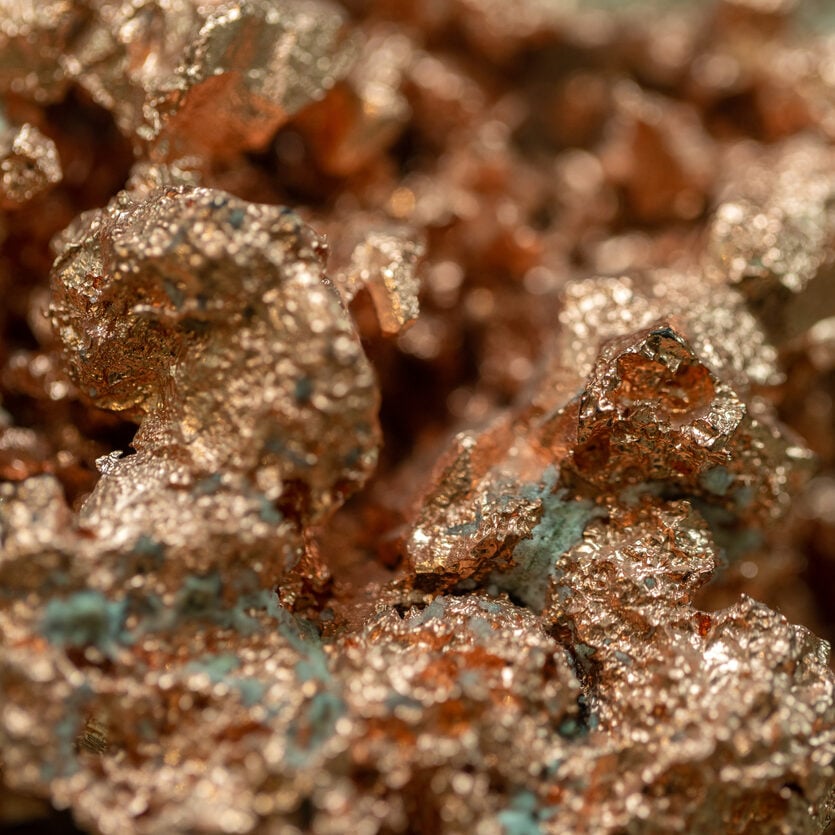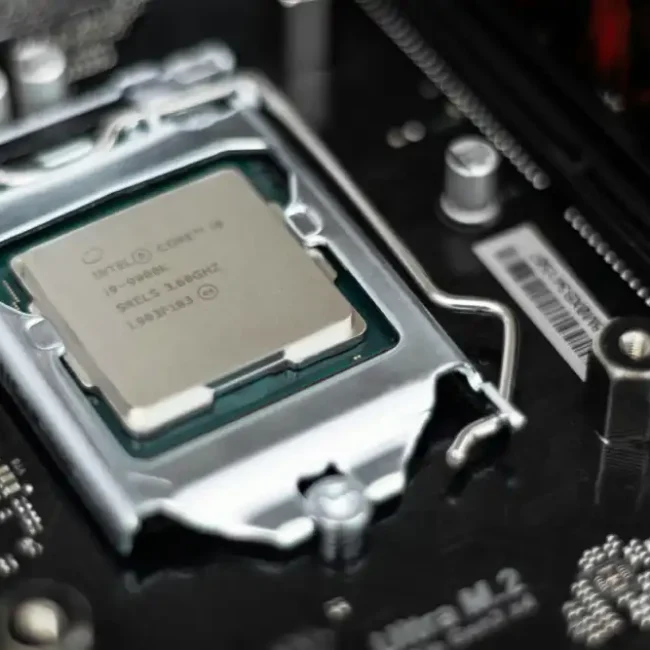Southern Copper Corporation, a subsidiary of Grupo Mexico, is moving forward with its long-awaited Tía María copper project in Peru, setting its sights on production beginning in 2027. The company has adjusted its budget for the project, increasing it to $1.8 billion from its earlier estimate of $1.4 billion, reflecting inflationary pressures, increased community engagement efforts, and infrastructure investments to mitigate environmental concerns. This marks a significant milestone for the mining giant, which has faced years of delays and local opposition to the project.
Project Overview: Location and Resource Potential
The Tía María project is located in the Islay province of Peru’s Arequipa region, a well-known mining district with high copper reserves. Once operational, the mine is expected to produce approximately 120,000 tonnes of copper per year. Given the rising global demand for copper, driven by the clean energy transition and increased electrification in industries, the project has strong economic prospects for both Southern Copper and Peru as a whole. Copper remains a critical material in electric vehicle production, renewable energy systems, and infrastructure development, making this project highly strategic.
Overcoming Opposition and Environmental Concerns
Tía María has been a controversial project for over a decade, facing significant opposition from local communities concerned about potential environmental degradation, particularly regarding water usage and contamination risks. Between 2011 and 2015, widespread protests against the mine resulted in violent clashes, leading to multiple fatalities and forcing the government to suspend the project.
In 2019, Peru’s government granted final approval for the mine under strict conditions, including a renewed commitment from Southern Copper to ensure social stability and implement more sustainable mining practices. Since then, the company has worked extensively to engage with local communities, emphasizing that the project will use seawater desalination rather than tapping local freshwater resources, a key sticking point in previous protests. Additionally, the company has pledged investments in local infrastructure, education, and job creation to demonstrate tangible benefits for the surrounding population.
Economic Impact: Job Creation and Revenue Generation
The economic benefits of the Tía María project are expected to be substantial. Southern Copper estimates that the mine will create 764 direct jobs and approximately 4,800 indirect jobs in its early operational phases. Additionally, it projects that, at current copper prices, the mine will generate an estimated $17.5 billion in exports and contribute $3.4 billion in taxes and royalties over its first 20 years of operation. This revenue will be crucial for the economic development of the Arequipa region, supporting local businesses, infrastructure projects, and public services.
Construction and Infrastructure Development Plans
Southern Copper has outlined a detailed construction roadmap leading up to the mine’s operational launch. Early efforts will focus on building the necessary infrastructure, including roads, rail access, and a temporary work camp to house laborers. Initial site preparations will include earthmoving, mine clearance, and safety evaluations. The company is also expected to construct a modern ore-processing facility and additional infrastructure to support its desalination efforts.
By 2025, Southern Copper anticipates beginning significant construction efforts, which will ramp up into full-scale mining operations by 2027. Given the volatile nature of commodity prices and the increasing pressure to operate in a socially responsible manner, the company has indicated that it will implement best practices in environmental and social governance (ESG) to ensure compliance with local regulations and international mining standards.
The Future of Tía María and Its Role in Global Copper Supply
The successful launch of the Tía María project could position Peru as an even greater force in global copper production. The country is already the world’s second-largest copper producer, and the addition of Tía María would further solidify its status as a key supplier in the global market. With demand for copper expected to rise sharply in the coming years due to advancements in electrification and renewable energy technologies, securing stable production sources will be critical.
For Southern Copper, the project represents not only an opportunity to increase its output but also a test of its ability to operate responsibly in a region where mining projects have faced intense scrutiny. The company’s efforts in community engagement and sustainable mining will play a decisive role in determining whether Tía María proceeds without further delays or opposition.
As Southern Copper moves toward breaking ground in 2025 and eventual production in 2027, all eyes will be on how effectively the company can balance economic gains with environmental and social responsibilities.
For more details, visit the original article: Mining.com





